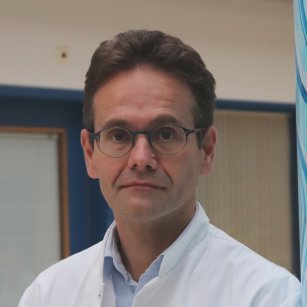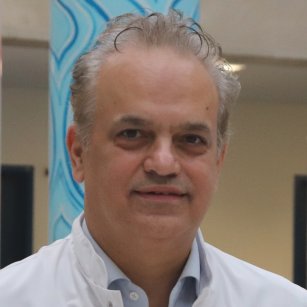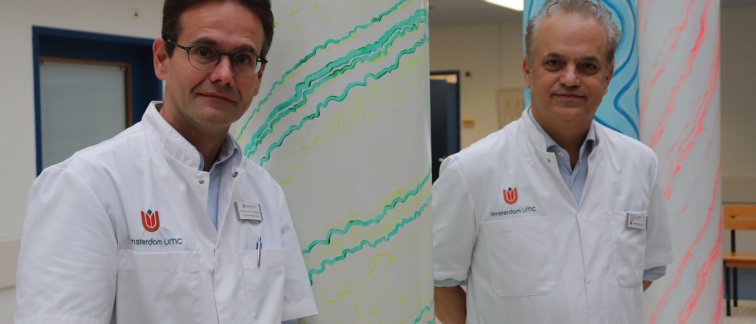Professor Leo Koorneef was a phenomenon in the field of orbital surgery. He started as an anatomist and went on to specialize in the eye socket. He learned much about the anatomy of the orbit, among others discovering why people with fractured eye sockets often develop double vision. He formed a successful team with internist professor Wiersinga. They complemented each other’s research work and in the 1980s both turned their attention to improving the treatment of patients with Graves’ disease. This thyroid disorder leads to bulging eyes in some patients. Sometimes it goes away of its own accord and sometimes it does not. It is a difficult disease to diagnose, and it is particularly important to be able to distinguish between those patients who will get progressively more ill and those who will eventually improve without the need for treatment. In some patients, surgery must be carried out to enable the eyes to retreat back into the head. Fifty such operations are conducted each year at Amsterdam UMC.
New duo, old collaboration
A new duo has since taken the stage: surgeon Peerooz Saeed and endocrinologist Peter Bisschop. Back in the 1980s, Koorneef learned to return eyes to their sockets with a highly invasive operation. "Today, we can achieve this by making the tiniest possible incisions and using continuously improving surgical techniques", says Saeed. Amsterdam UMC’s orbital center is currently one of the largest referral centers in Europe for complex eye socket surgery and for treating Graves’ disease.

Patients with Graves’ disease can be subjected to all the requisite tests, diagnosed and offered a treatment plan all within a single day, and this is only one of the advantages of this multidisciplinary approach. All specialists involved in the imaging and the diagnostic procedures are scheduled to come together on the appointed day. “This is the added value of collaboration,” says endocrinologist Bisschop. “By examining the patient as a team, we can ensure we make the right decisions: to operate or not to operate, to medicate or not to medicate.” Saeed and Bisschop previously published a joint review on dysthyroid optic neuropathy, the most severe form of Graves’ disease..
But there is more to their collaboration. In addition to treating patients, they also conduct laboratory research and establish PhD programs. For example, they are currently facilitating a joint PhD study on the use of MRI imaging in Graves’ disease. This study will hopefully lead to better differentiation of patients. “You have to realize that some of these patients will recover spontaneously,” Bisschop explains, “while others will suffer such extreme swelling of the eye muscles and fatty tissue behind the eye that we will have to operate. Predicting which outcome is most likely to occur in which patient is enormously important.”

New drugs
The specialists are anxiously awaiting the approval of the EMA (European Medicines Agency) for a remarkable new drug for Graves’ disease: teprotumubab. This is not an anti-inflammatory like prednisone, but instead functions as an antibody against the swelling of the eye muscles and fatty tissue in the eye socket, so preventing bulging eyes. “This drug could even remove the need for surgery,” says Bisschop.
Professors Koorneef and Wiersinga would surely have been impressed.

